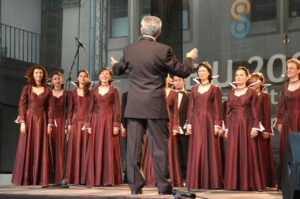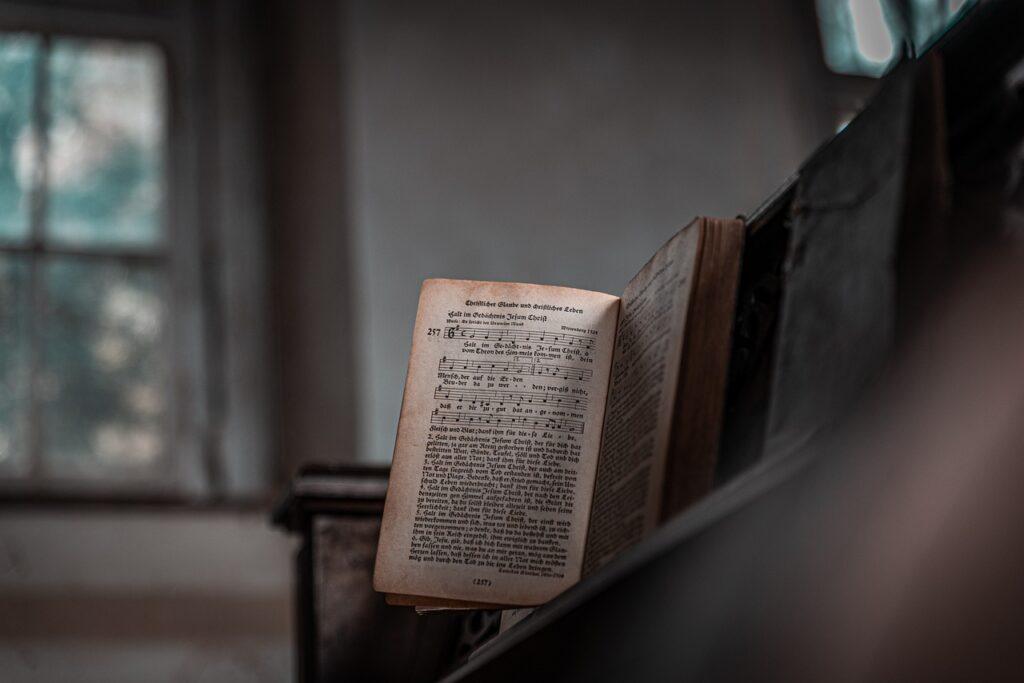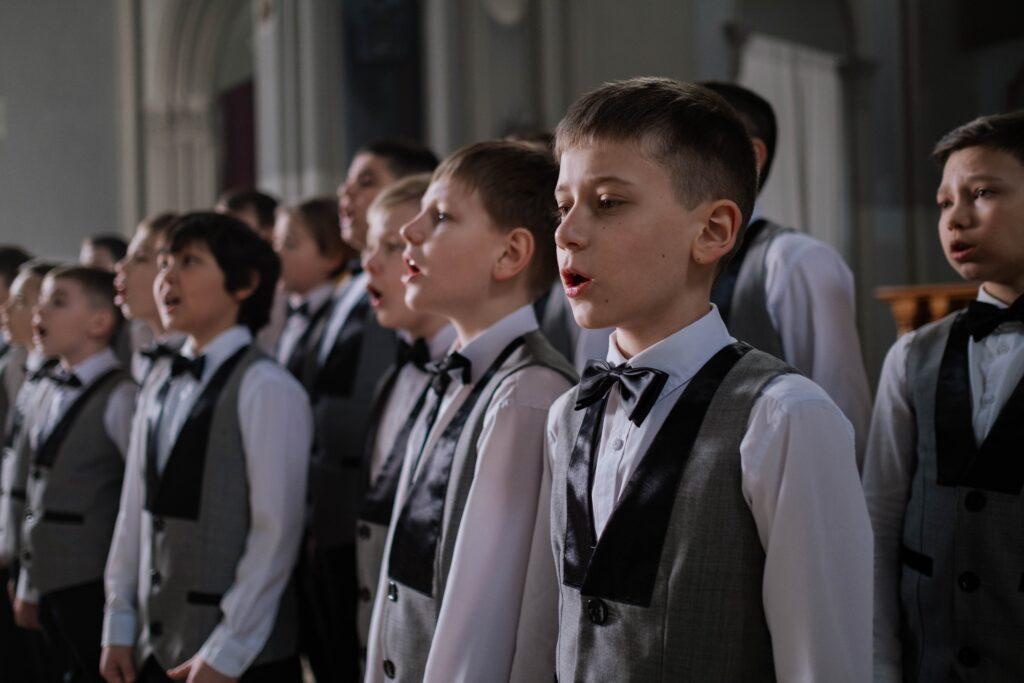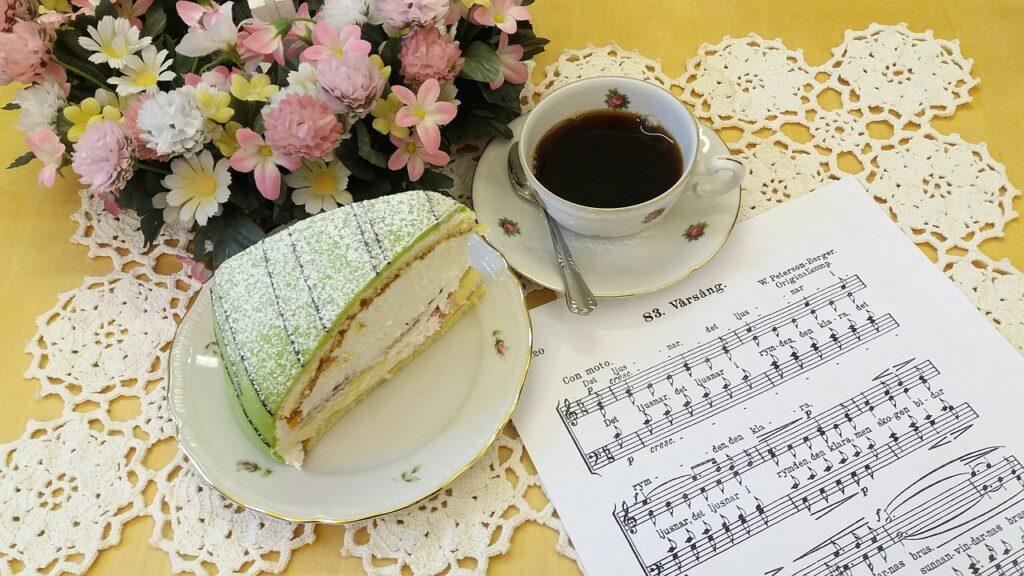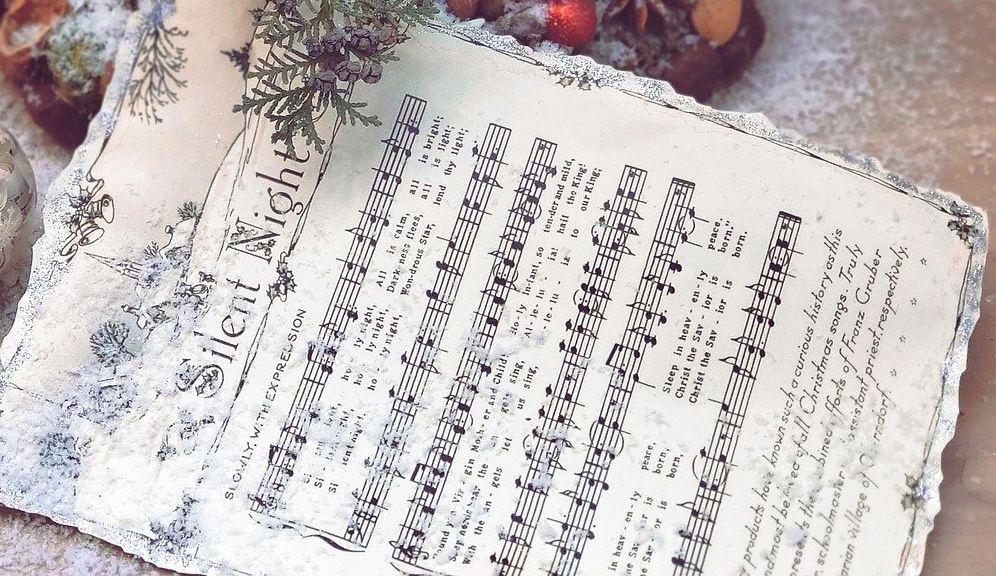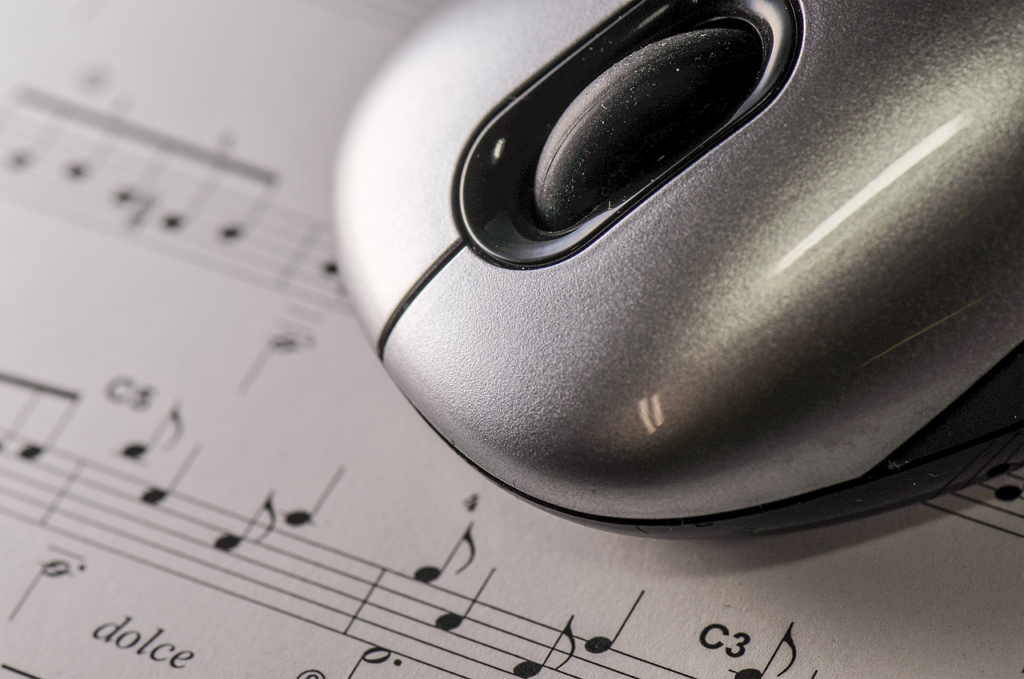Singing Shape Note Solfege Aeolian Melodies
Do you want to sing Eastern European folk melodies and mediaeval chants? Are you puzzled about how the aeolian mode works? Modes have been a feature of music from ancient times to today. Singing Shape Note Solfege Aeolian Melodies lets you explore the exotic sound of the aeolian mode. Estimated reading time 2 minutes.

